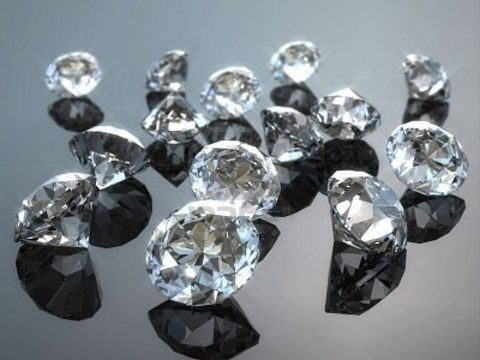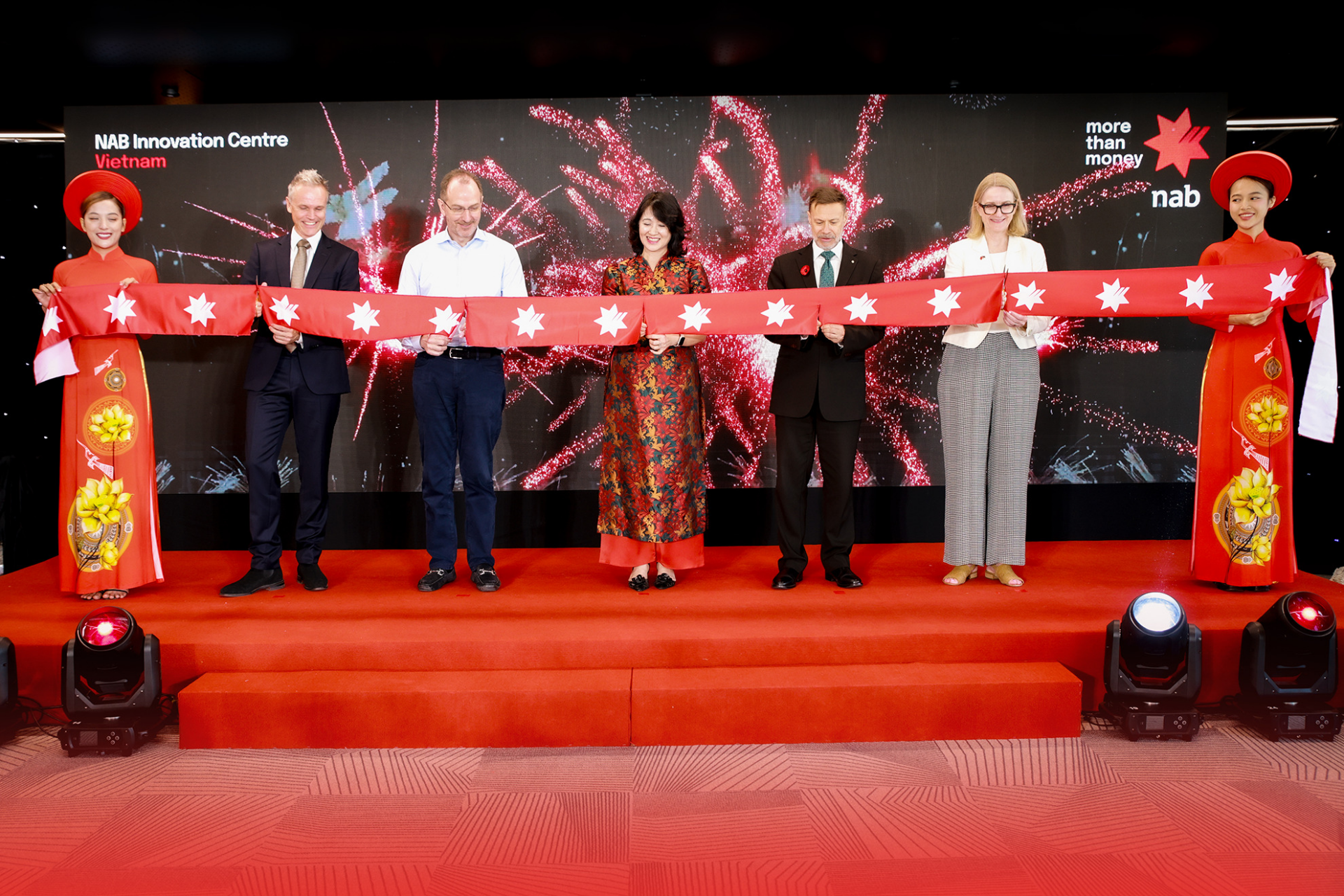Experts warn people about synthetic diamonds
 |
| Since it is very difficult to differentiate between natural and synthetic diamonds, people should take precautions when buying them, according to the Saigon Jewelry Association.-Photo btmc.vn |
Nguyen Van Dung, its chairman, said in 2011 HCM City saw the appearance of “artificial diamonds” but a majority of them were cubic zirconia.
Now more synthetic diamonds have made an appearance, and they have similar characteristics as natural diamonds that normal equipment cannot make the distinction.
Synthetic diamonds are also called cultured or cultivated diamonds, and are produced in the laboratory at a comparatively low cost by using methods like HPHT (high pressure high temperature) and CVD (chemical vapour deposition).
Đoan Thi Anh Vu, a lecturer at the HCM City University of Natural Science and a member of the SJA, said synthetic diamonds have the same properties as natural diamonds: They are also made from carbon and have the same refractive index, density, hardness, dispersion, and crystalline structure as those diamonds mined from the earth.
But their cost is 30 per cent of that of the mined variety, she said.
Le Huu Hanh, SJA’s deputy chairman and deputy general director of Phu Nhuan Jewelry JSC, said amid the scarcity of natural diamonds, production of artificial and synthetic diamonds has ushered in a revolution but also caused a certain disorder in the diamond and jewellery markets.
While it is not difficult to identify artificial products like cubic zirconia and moissanite using normal equipment like a magnifying glass or microscope, modern technologies are needed to identify HPHT and CVD diamonds, he said.
Dang Ngoc Thao, director of PNJ Accreditation One-Member Company Limited (PNJLab), said in recent years artificial and synthetic diamonds have been produced in small sizes (of less than 3 mm) and embedded in jewellery, making it difficult to test them unlike larger ones.
In 2015-16, during the process of testing diamonds for many customers, PNJLab discovered that many had fake certificates, he said.
Dung said diamond traders need to invest in technologies for testing diamonds to protect their brands and interests and those of customers.
When selling, traders should clearly tell customers which diamonds are natural and which ones are synthetic or artificial, he said.
He advised customers to consult industry experts when they want to buy diamonds, and to buy only from prestigious companies or brands and demand authenticity certificates.
They were speaking at a seminar on synthetic diamonds organised by SJA with sponsorship from PNJ, which attracted more than 100 experts, business executives from the industry, officials and representatives of consumer associations.
What the stars mean:
★ Poor ★ ★ Promising ★★★ Good ★★★★ Very good ★★★★★ Exceptional
Latest News
More News
- Pending issues will be ironed out on regulations around EPR (April 05, 2024 | 11:37)
- Revised Land Law expected to drive remittances to real estate market: Experts (April 03, 2024 | 16:33)
- CPTPP milestone marks nation’s economic integration (April 03, 2024 | 09:38)
- Wide-ranging agreement opens up more diverse trade channels (April 03, 2024 | 09:21)
- Lessons in wealth management and suitable directions for Vietnam (April 01, 2024 | 09:14)
- Logistic predictions in 2024 (March 29, 2024 | 09:31)
- Concerted effort to capitalise on investment trends (March 27, 2024 | 15:00)
- Vietnam’s retail market takes on much-needed green journey (March 20, 2024 | 10:02)
- Vietnamese economy proceeding as predicted: experts (March 19, 2024 | 14:59)
- Manufacturing trends to watch to help respond dynamically to the market (March 19, 2024 | 10:28)
















 Mobile Version
Mobile Version